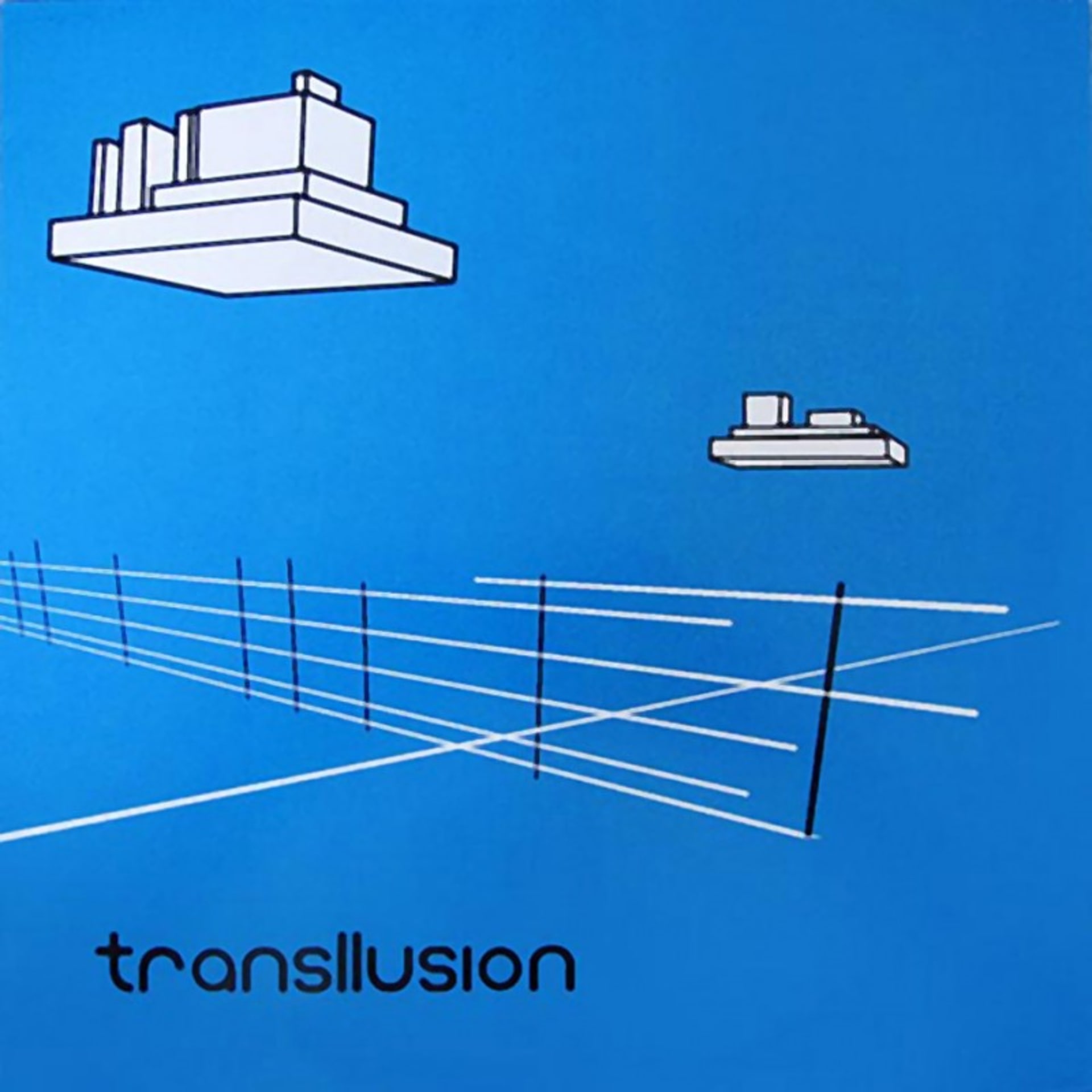
Mark Smith Recommends Transllusion’s The Opening of the Cerebral Gate
Mark Smith is one half of improvisational electronic duo Gardland, whose most recent LP, Syndrome Syndrome, was released in 2013 on RVNG Intl. Currently based in Berlin, he is a regular contributor to electronicbeats.net and Electronic Beats Magazine. This recommendation of Transllusion’s 2001 LP, The Opening of the Cerebral Gate, was originally printed in our Fall 2014 issue, and the record is about to be reissued by Berlin club and label Tresor.
It’s a little sad to me that Drexciya feels like an unattainable artifact. No matter how many reissues and reappraisals attempt to push them back into modern electronic discourse, I can never fit them into any cogent narrative. While contemporaneous acts like Underground Resistance cultivated a similar sense of distance, UR’s was much more an inclusive and empowering brand of isolated autonomy that was directly applicable to one’s everyday life. Drexciya, on the other hand, seem hopelessly far away. There is no takeaway message—or if there is, it’s too deeply alienated and abstracted for terranean brains. I find it hard to even consider them as people. Their musical character occludes their human character completely. This is music beyond empathy. It doesn’t care about you.
And that’s why I value The Opening of the Cerebral Gate so much. It exists within a vacuum, surviving purely on its own narrow but perfectly taut aesthetic. Drexciya exists in a zone beyond the pretension of your ego, yet its world is self-made and totally powered by the collective id of James Stinson and Gerald Donald, as is Transllusion, a Stinson alias.
I wonder if this degree of artistic self-curation is possible in the music world today. These days, there isn’t a lot of cognitive dissonance surrounding the necessity of dressing your boring self up in some sort of vaguely transcendent narrative. Drexciya kind of blew right past that. They came up with perhaps the most ridiculous framing concept in electronic music to date and then inhabited it so totally that their position was unassailable. It’s awesomely ironic that they used a spectacle to maintain their autonomy. I’ve yet to hear a cynic calling in to question the artifice that’s central to the Drexciyan identity.
There’s the usual glut of Detroit signifiers on The Opening: malignantly pitched harmonic progressions, laddering arpeggios, big 808s, the occasional unclassifiable noise, but Stinson manages to remain distinct from the city’s history. I put Terrence Dixon on a similar pedestal, but even he occasionally reclines back into the welcoming arms of the Detroit identity. However, as Transllusion, Stinson’s sound design gets a facelift. Bright transients and some modern reverb contribute to a more searing palette than his warmer early nineties material. It’s a suitable coupling to the brain-pain themes that the record courts.
The Opening was the second part of a project called the Drexciyan Storms. Stinson and Donald were supposed to release seven records in a single year under a variety of aliases. This is the same series that gave us Lifestyles of the Laptop Café and Harnessed the Storm, so, needless to say, they were on something of a roll. I’d hazard a guess and say we’ll continue to see these records reissued. Personally, I’m glad for it. And this is basically how it goes talking about Drexciya; You hit an end point pretty quickly where all that’s left to talk about is the music itself, and we all know that gets old pretty quick. ~
Published October 21, 2014. Words by marksmith.
